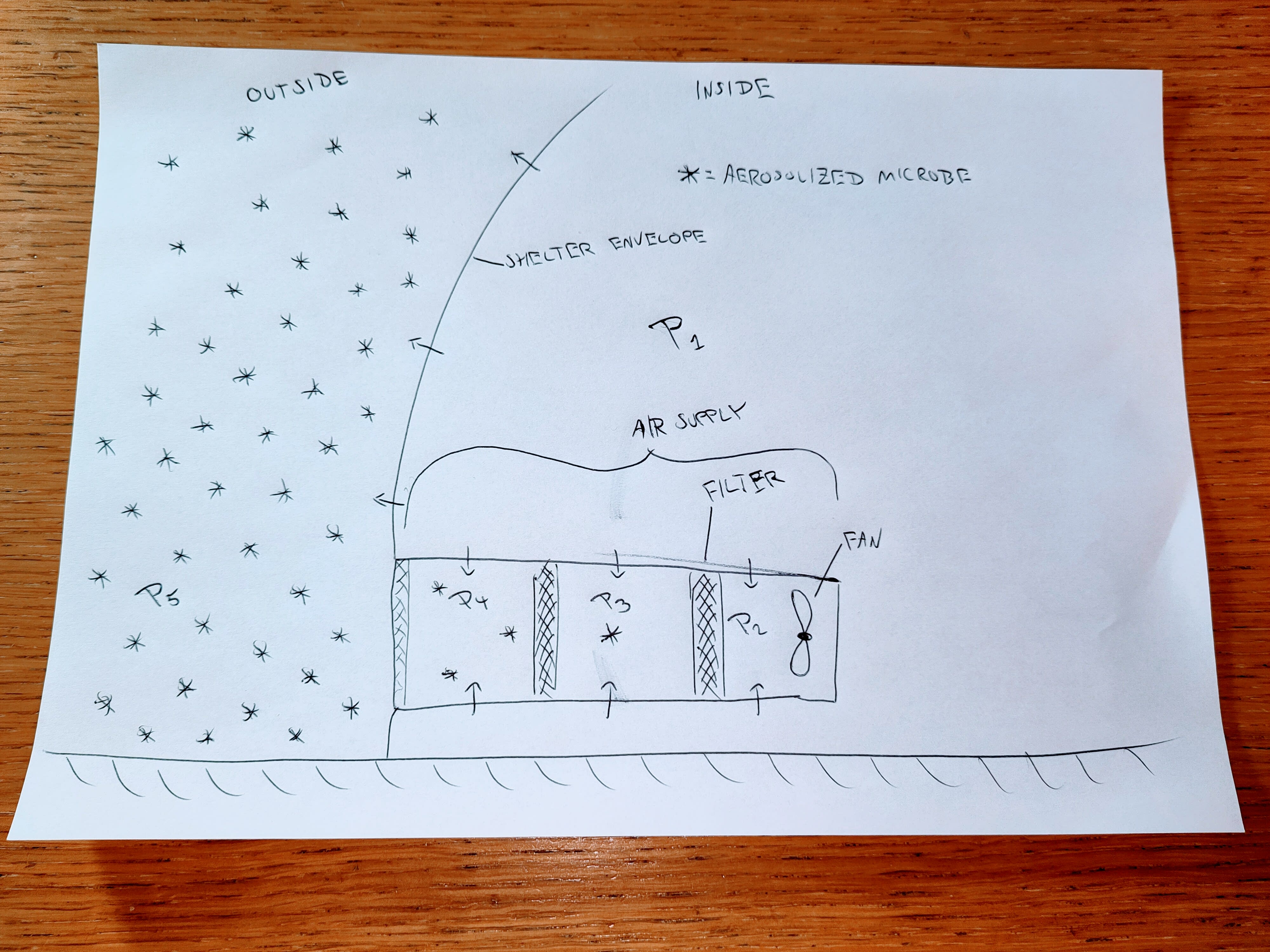Regarding the Level of Robustness
I might not have emphasized this sufficiently in the post, but the aim is not to achieve near 100% robustness. Instead, the goal is to provide people with a fair chance of survival in a subset of crisis scenarios. This concept is inspired by established systems like Nordic civilian defense against nuclear threats or lifeboats on ships. Neither of these protections guarantees survival for everyone—lifeboats, for instance, are not designed to save lives in every conceivable disaster, such as an airplane crash into shallow water at high speed.
The shelters are similarly intended to offer a reasonable chance of survival under specific catastrophic scenarios, recognizing that perfection is neither feasible nor necessary.
Setting Performance Requirements
Determining the appropriate performance threshold will require ongoing dialogue and input from various stakeholders, including potential users. There are several considerations:
User Expectations: Inhabitants’ wants, needs, and available resources will play a significant role in defining acceptable performance levels.
Justifying the Investment: The level of protection must also justify the effort and resources required to produce and deploy the shelters. For example, a hypothetical 90% survival rate might make this intervention compelling compared to doing nothing. On the other hand, if the expected success rate falls near or below 1%, the intervention is unlikely to garner much support.
My initial intuition is that even if 70% of the units function effectively in a crisis, this would be a success. However, these thresholds should not be set arbitrarily—they should involve input from a wide range of stakeholders, particularly those who might depend on these shelters for survival.

Just a note here—I am not sure e.g. 5-log reduction would be much less expensive. The counterintuitive design with serial filtration fed into a positively pressurized bubble is already cheap even at the >10 log level. The reductions in cost by removing logs would stem from:
-Lower power demands, meaning one might get away with a somewhat smaller power system, and/or smaller dimension air supply. However, nothing like a 50% cost reduction, more like 5%-10%
-One would need to buy less filters. But these are not extremely expensive, I would guess removing one filter would decrease overall cost by <5%
Said differently, the “performance-cost curve” is kind of jumpy: Below 3-5 log it is very cheap, like just a regular HEPA air cleaner in your room and some sealant at windows and doors. Then the next step is this bubble with relatively flat costs from 3-5 logs up to 13-16 log. After that I think one is looking at something markedly different and much more expensive, if such logs even make physical sense.